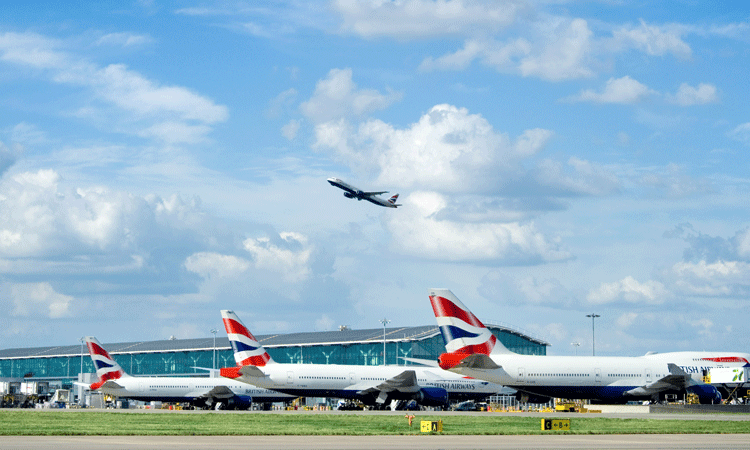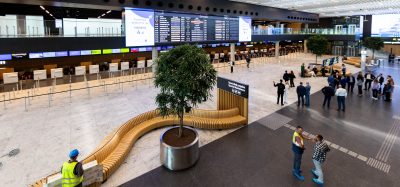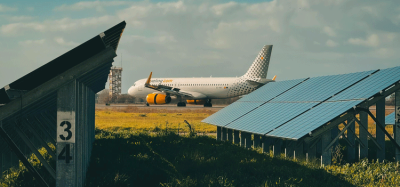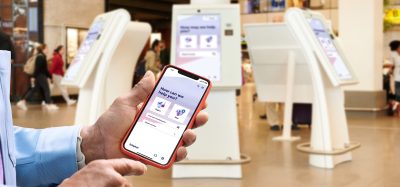Aviation must focus on both industry recovery and decarbonisation
- Like
- Digg
- Del
- Tumblr
- VKontakte
- Buffer
- Love This
- Odnoklassniki
- Meneame
- Blogger
- Amazon
- Yahoo Mail
- Gmail
- AOL
- Newsvine
- HackerNews
- Evernote
- MySpace
- Mail.ru
- Viadeo
- Line
- Comments
- Yummly
- SMS
- Viber
- Telegram
- Subscribe
- Skype
- Facebook Messenger
- Kakao
- LiveJournal
- Yammer
- Edgar
- Fintel
- Mix
- Instapaper
- Copy Link
Posted: 12 November 2021 | International Airport Review | No comments yet
As the recovery continues and with over three million passengers travelling through London Heathrow during October 2021, the airport continues to focus on the race to a net zero future.


Credit: London Heathrow Airport (LHR)
Over three million passengers travelled through London Heathrow Airport (LHR) during October 2021, delivering a sixth consecutive month of growth. Relaxation of travel rules ahead of half-term unleashed pent up demand, with close to 100,000 travellers a day, up 144 per cent compared with the same time last year (2020).
Despite clear signs of recovery, passenger levels remain 56 per cent down on pre-COVID-19 pandemic levels. With air travel at other major European airports recovering faster, Ministers should reassess testing requirements for fully vaccinated passengers and the Passenger Locator Form at the next Global Travel Taskforce review, to ensure the UK is aligned with its European competitors.
As the recovery continues, Heathrow’s focus remains on the race to net zero. Sustainable Aviation Fuels (SAF) hold the key to cutting carbon today but to upscale their use, the government must introduce a price stability mechanism to foster investment in production, as well as an escalating mandate to blend SAF – with a target of 10 per cent by 2030 and at least 50 per cent by 2050. British Airways has demonstrated the capabilities of SAF, powering their first flight back to the U.S. with 35 per cent SAF – the highest level for a commercial transatlantic flight ever used.
The extent to which Heathrow can support the elements of the economic recovery, which will be driven by increased international travel and trade, will depend on the CAA’s next regulatory outcome. To deliver the safe, resilient and sustainable airport passengers and exporters need, the regulator must ensure the settlement reflects the size of the asset and costs required to run and invest in it.
Heathrow CEO, John Holland-Kaye said: “As the journey to recovery accelerates, aviation’s ambitions to decarbonise must keep pace. We need to keep our foot to the pedal, working to make air travel guilt-free and government must act with a mandate for 10 per cent Sustainable Aviation Fuel by 2030 and a price stability mechanism to upscale SAF usage, if we are to tackle the industry’s biggest challenge – carbon.”
Related topics
Air traffic control/management (ATC/ATM), Airport development, Airside operations, COVID-19, Emissions, Passenger experience and seamless travel, Safety, Sustainability, Sustainable Aviation Fuel (SAF), Sustainable development, Terminal operations


















